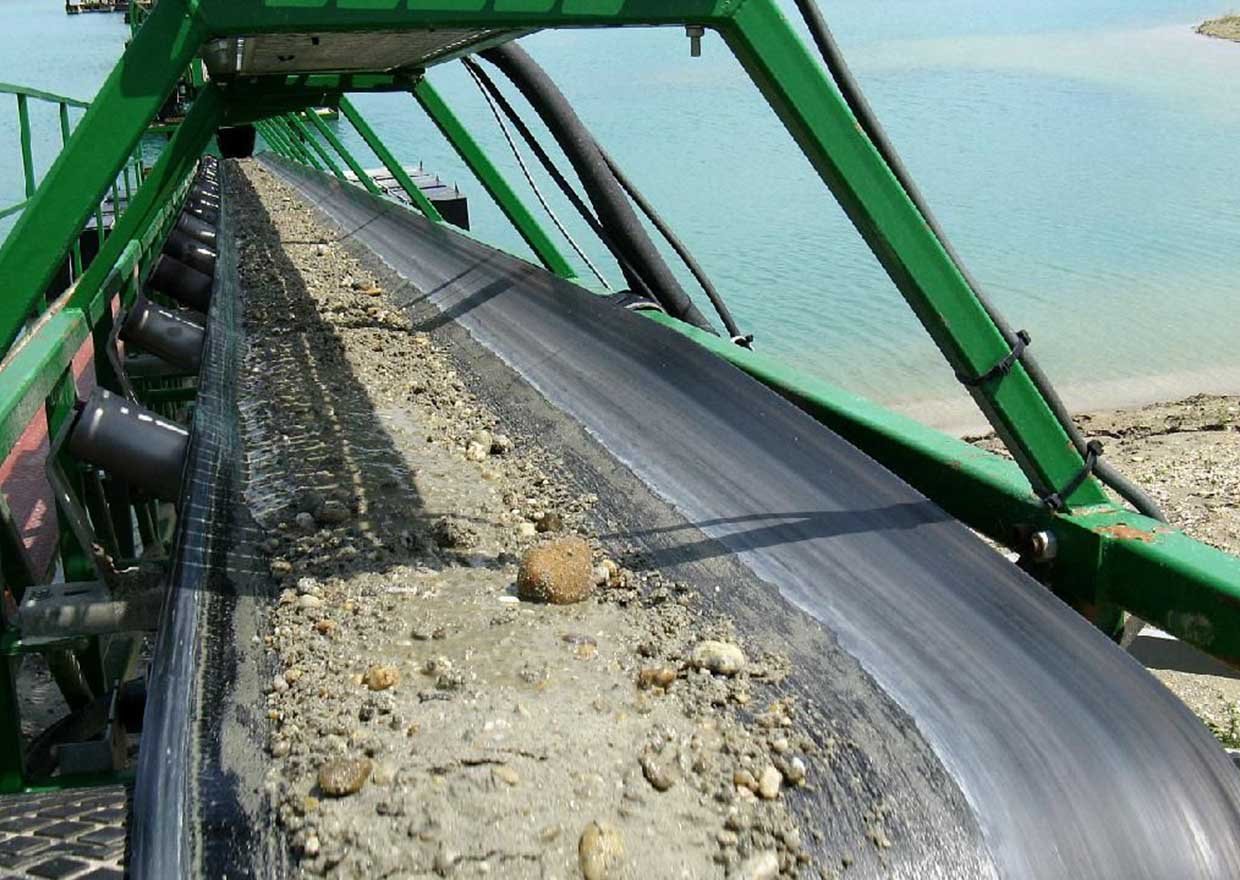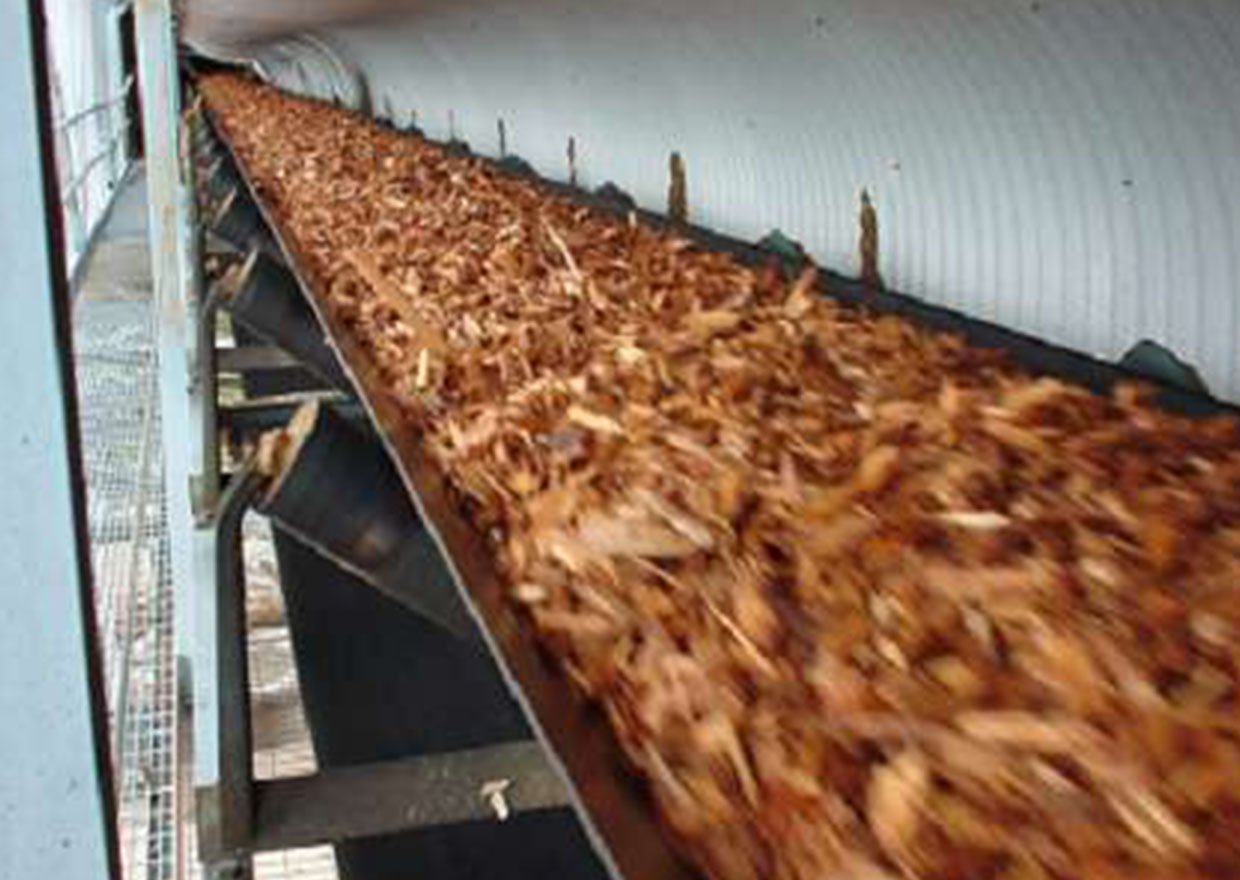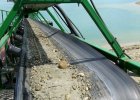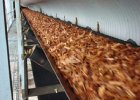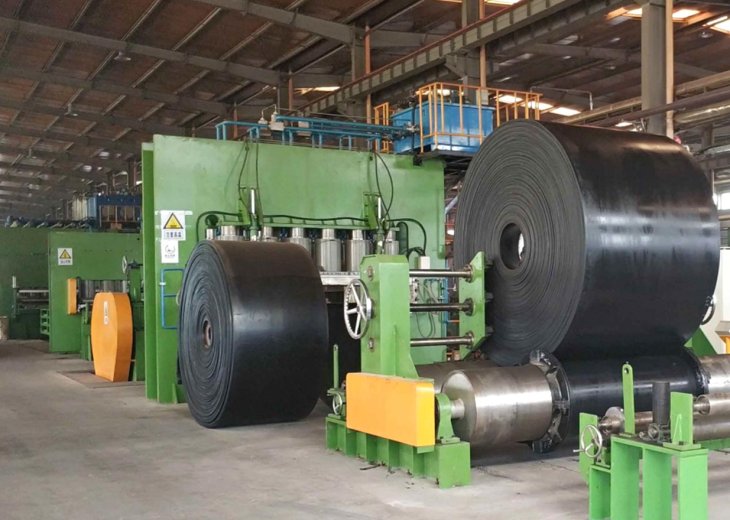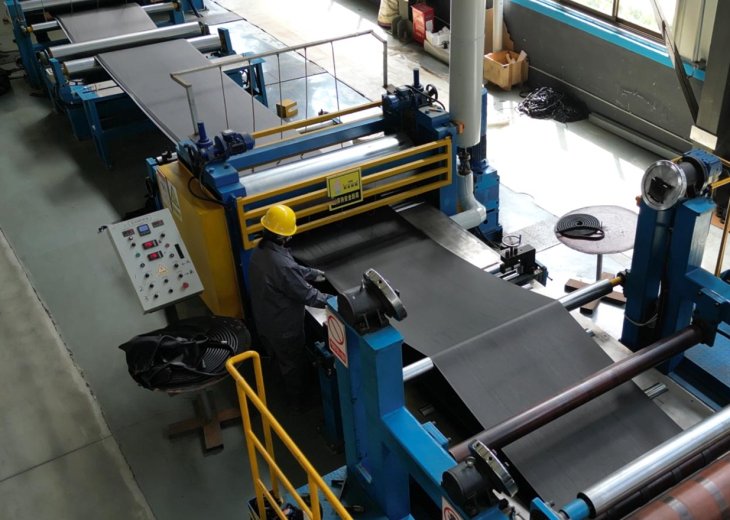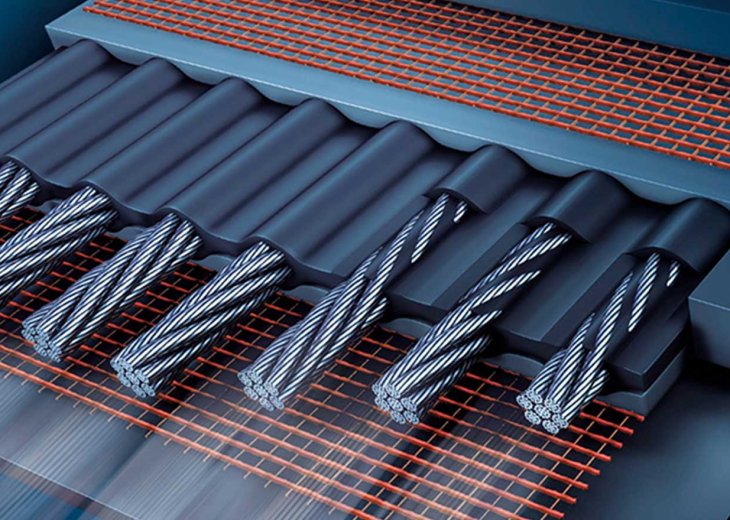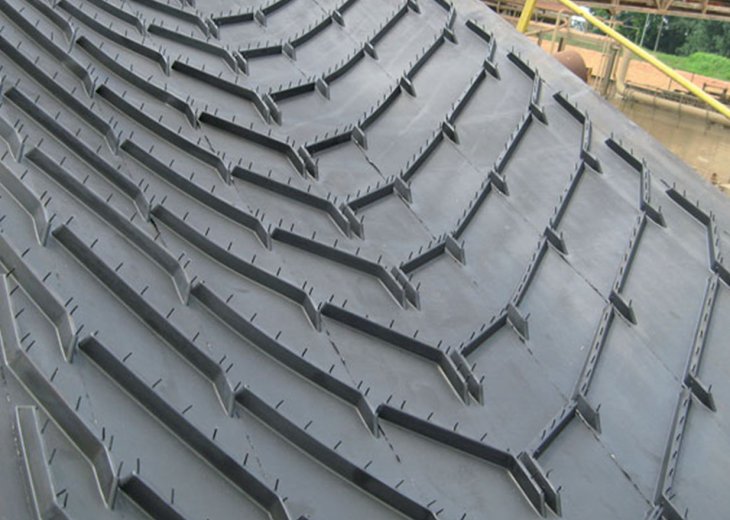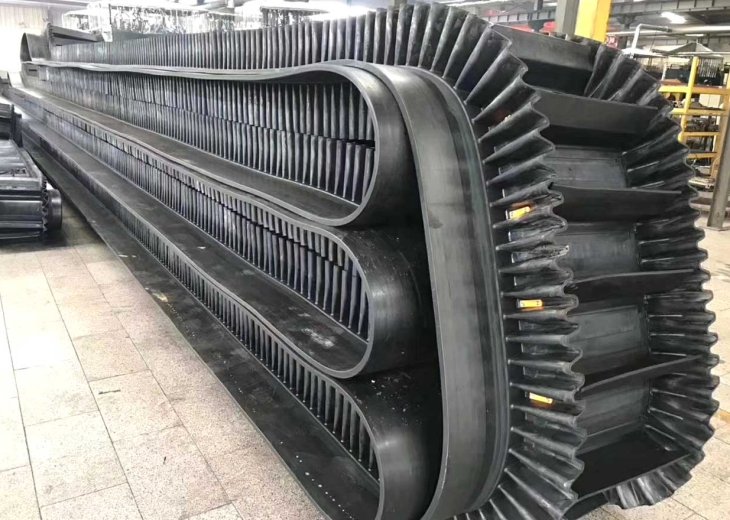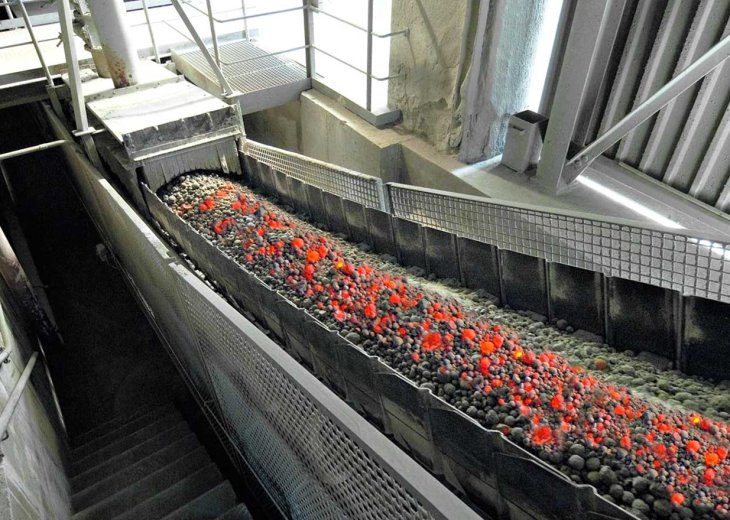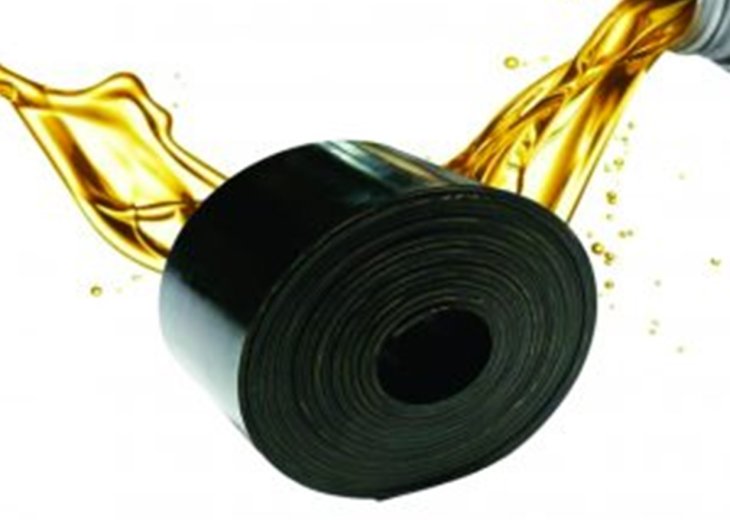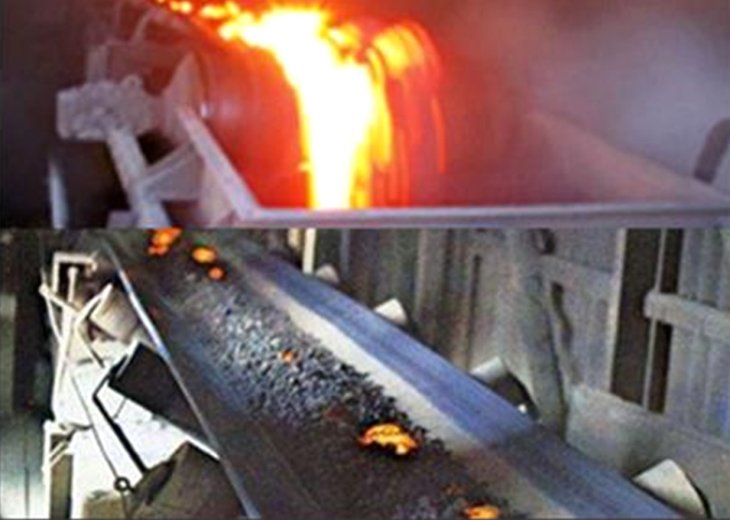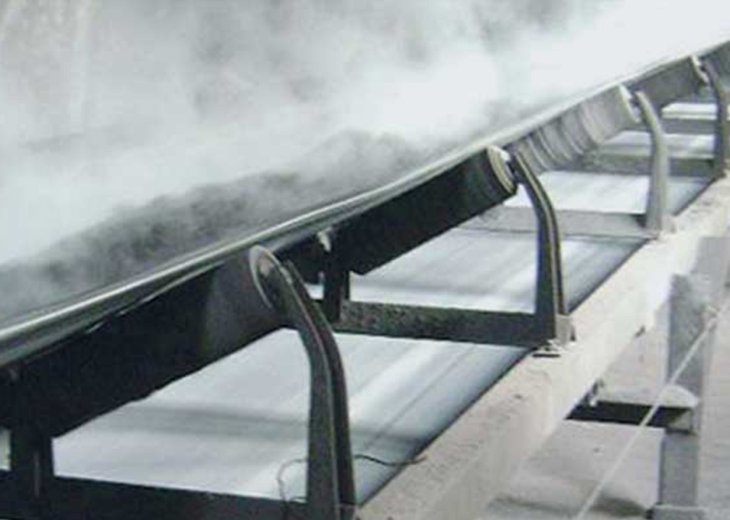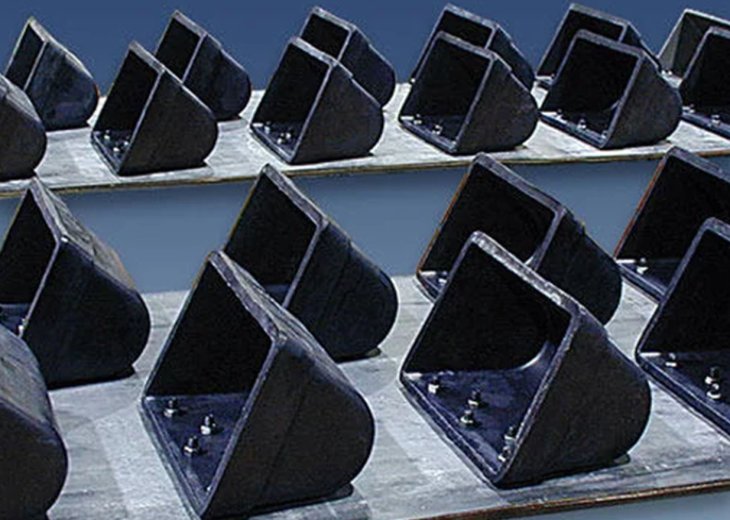Product Details
Key Features:
Chemical Resistance – Made from materials (like rubber compounds, PVC, or PU) that resist damage from acids (e.g., sulfuric acid, hydrochloric acid) and alkalis (e.g., sodium hydroxide).
Durable Covers – Often reinforced with special rubber coatings (e.g., EPDM, Nitrile, or Neoprene) for enhanced resistance.
Strong Reinforcement – Typically includes fabric plies (polyester, nylon) or steel cords for tensile strength.
Heat & Abrasion Resistance – Some belts can also endure high temperatures and mechanical wear.
Anti-Corrosion Layers – May include special coatings to prevent chemical penetration.
Common Applications:
Chemical and fertilizer industries
Battery and lead-acid manufacturing
Mining and mineral processing
Waste treatment plants
Food processing (where sanitization involves harsh chemicals)
Specification:
Acid/Alkali-resistant Conveyor Belt Performance (HG/T3782-2005) | |||||
Item | Breaking Strength (MPa≥) | Elongation at break (%) | Abrasion loss (mm3≤) | Hardness (°) | |
Performance Before Aging | ≥14.0 | ≥400 | ≤250 | 60 +10/-5 | |
Performance After Aging | ≥12.0 | ≥350 | - | 60 +10/-5 | |
Class | Solution | Concentration | Covered Condition | The Change Rate Before & After Coverd | |
Volume Expansivity | Strength Change | ||||
A1 | (HCl) | 18% | 50°Cx96h | ≥10% | ≤10% |
A2 | (H2SO4) | 50% | 50°Cx96h | ≥10% | ≤10% |
A3 | (NaOH) | 48% | 50°Cx96h | >10% | <10% |
Note: When the thickness of the cover rubber is 0.8-1.6mm, the sample thickness can be the maximum cutlength, the tensile strength and the elongation at break are allowed to be 15% lower than those in the table. | |||||
Acid/Alkali-resistant Conveyor Belt Performance (HG/T3782-2005) | |||||
Item | Breaking Strength (MPa≥) | Elongation at break (%) | Abrasion loss (mm3≤) | Hardness (°) | |
Performance Before Aging | ≥14.0 | ≥400 | ≤250 | 60 + 10/-5 | |
Performance After Aging | ≥12.0 | ≥350 | - | 65 + 10/-5 | |
Class | Solution | Concentration | Covered Condition | The Change Rate Before & After Covered | |
Volume Expansivity | Strength Change Rate | ||||
A1 | (HCI) | 18% | 50°C X 96h | ≥10% | ≤10% |
A2 | (H2SO4) | 50% | 50°C X 96h | ≥10% | ≤10% |
A3 | (NaOH) | 48% | 50°C X 96h | ≥10% | ≤10% |
Note: When the thickness of the cover rubber is 0.8-1.6mm, the sample thickness can be the maximum cut length, the tensile strength and the elongation at break are allowed to be 15% lower than those in the table. | |||||
Products Recommended


















